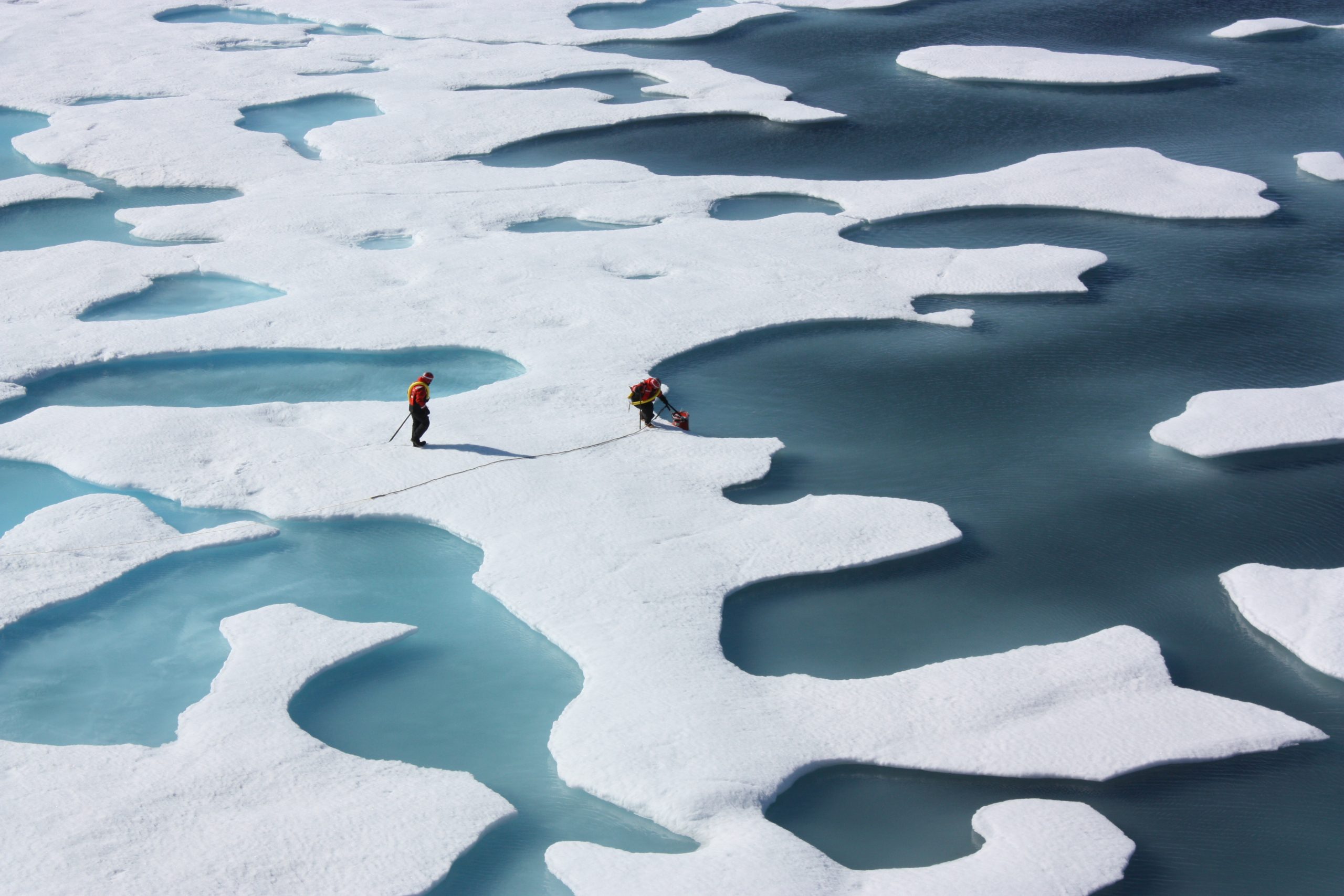UMBC researchers have developed a technique to more quickly analyze extensive data from Arctic ice sheets to gain insight and useful knowledge on patterns and trends.
Over the years, vast amounts of data have been collected about the Arctic and Antarctic ice. These data are essential for scientists and policymakers seeking to understand climate change and the current trend of melting. Masoud Yari, research assistant professor, and Maryam Rahnemoonfar, associate professor of information systems, have utilized new AI technology to develop a fully automatic technique to analyze ice data.
This public impact research is part of the National Science Foundation’s ongoing BigData project. Rahnemoonfar, Yari, and colleagues have published their findings in the Journal of Glaciology.
Rethinking manual techniques
For decades, researchers have kept close track of polar ice, snow, and soil measurements, but processing the large volume of available data has proven challenging. NASA’s processes for collecting, tracking, and labeling polar data involve significant manual work, and changes detected in the data can take months or even years to see. Even Arctic data collected via remote sensing technologies require manual processing.

According to Rahnemoonfar, “Radar big data is very difficult to mine and understand just by using manual techniques.”
The AI techniques the researchers are developing can be used to mine the data more quickly. They help scientists get useful information on trends related to the thickness of the ice sheets and the level of snow accumulation in a certain location.
Spotting patterns
The researchers developed an algorithm that learns how to identify objects and patterns within the Arctic and Antarctic data. An AI algorithm must be exposed to hundreds of thousands of examples to learn how to identify important elements and patterns. Rahnemoonfar and her team used existing incomplete and noisy labeled data from the Arctic to train the AI algorithm on how to categorize and understand new data.
The algorithm’s training is not yet complete. Researchers will need to scale it up over multiple sensors and locations to create a more accurate tool. However, it has already successfully begun to automate a process that was previously inefficient and labor-intensive.
The rapid expansion of using AI to understand ice and snow thickness in the Arctic will allow scientists and researchers to make faster and more accurate predictions to inform dialogue about climate change. The rate at which Arctic ice is melting impacts sea levels. If scientists are better able to predict the severity of the melting, society can better mitigate the harm caused by sea level rise.
Featured image: Team members from U.S. Coast Guard Cutter Healy on the NASA ICESCAPE mission, July 2011. Photo by NASA/Kathryn Hansen.
Story by Morgan Zepp for UMBC.




